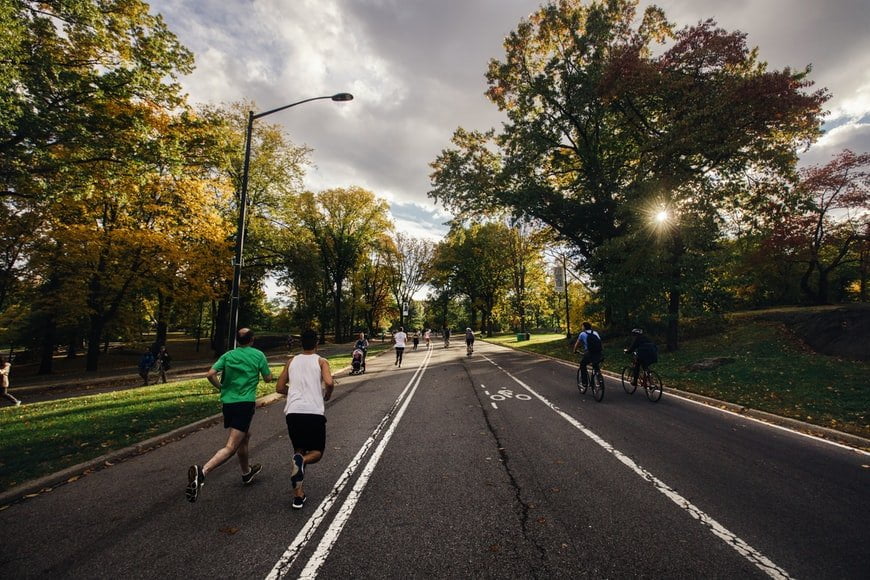You’ve probably heard someone say that running is extremely detrimental to one’s knees. Perhaps you’ve even felt the familiar twinge of pain in your knee during or following a run. However, a new study indicates that running (and walking) may actually benefit your knee cartilage, thereby helping you stay healthy and mobile as you age.
It appears paradoxical: When the impact of running is measured, the knees take a beating, absorbing up to three times the individual’s body weight with each step. Running, on the other hand, has been shown to strengthen bones, and a 10-year study discovered that running is not associated with an increased risk of developing osteoarthritis.

To learn more, University of Maryland researchers analyzed how running affects knee cartilage using gait analysis, musculoskeletal modeling, and knee contact mechanics. Dr. Ross Miller, an associate professor of kinesiology, wanted to determine whether cartilage adapts and becomes more resilient as a result of running-induced stress, a phenomenon observed in animals.
Miller and his colleagues recruited 22 healthy volunteers to run and walk while the researchers collected data on gait and the force applied with each footfall. They then created a computer model to simulate the aging process of healthy knee cartilage.
They discovered that if cartilage breaks down without being repaired, running and even walking can eventually wreck the knees. Daily walkers had a 36% chance of developing arthritis by age 55, while daily runners had a 98% chance of developing arthritis eventually. Those are frightening figures. When the researchers took into account the knee’s ability to actively repair itself, resulting in thicker, stronger cartilage, the arthritis incidence decreased to just 13% for both groups, which is comparable to real-world prevalence.
This is not to say that knee pain is not a valid concern. Numerous structural issues can result in pain, including runner’s knee, a condition in which the patella slips out of alignment, irritating the cartilage. Patellar tendinitis, colloquially referred to as “jumper’s knee,” is an injury to the tendon that connects the kneecap to the shinbone. When a tight iliotibial band squeezes a fluid-filled bursa sac between the band and the outside of the knee, IT band syndrome occurs.
However, these are typically temporary injuries, whereas long-term damage caused by osteoarthritis may be significantly reduced due to cartilage’s ability to adapt and repair itself. According to the University of Maryland study, “running accumulates a significant amount of damage per unit distance traveled,” and unless the knees adapt and respond in order to extend their shelf life, we’d all have bad knees.
Due to the fact that runners do not have a higher rate of knee osteoarthritis than non-runners, the researchers concluded that running is unlikely to wear out the joint’s cartilage. This is a positive development for runners and walkers. Therefore, if you enjoy logging miles, continue doing so—the numerous health benefits should outweigh the risk to your joints.

